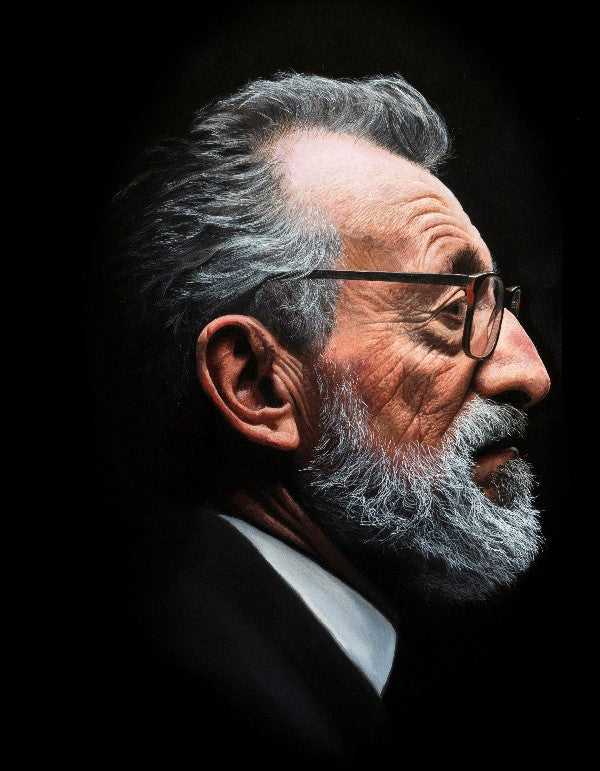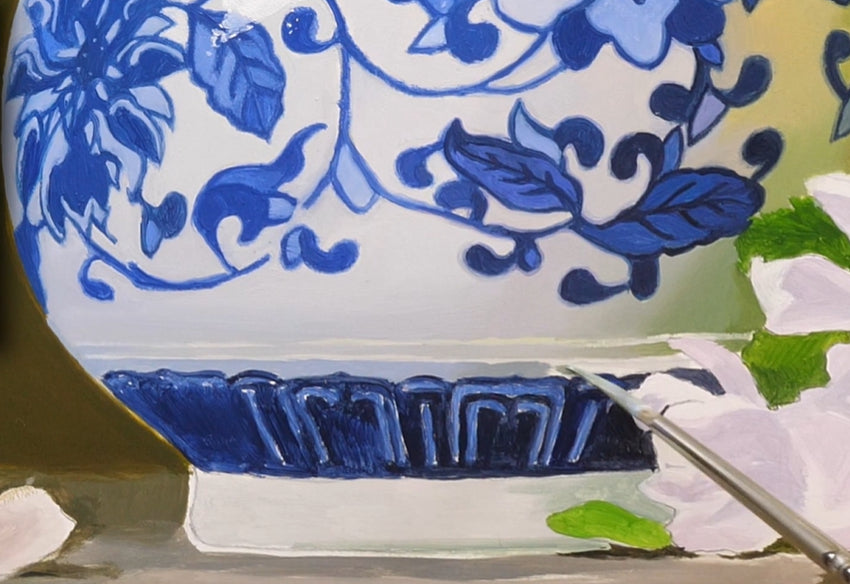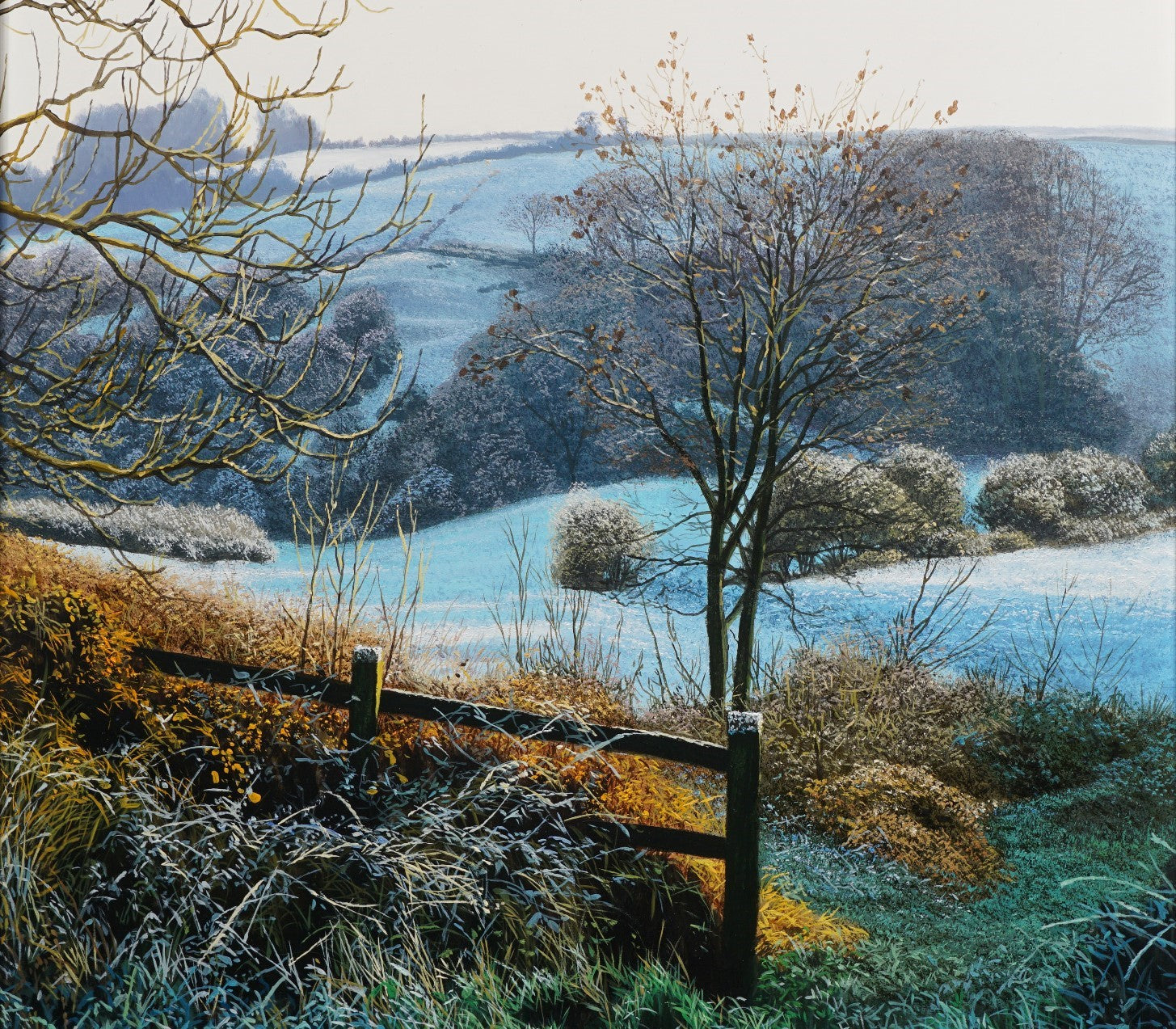
Painting Portraits: Capturing Character in Detail
I’ve always had a passion for figurative work, especially portrait painting. Portraits can be some of the most challenging subjects, but also the most rewarding—there’s nothing quite like capturing the true essence of a person’s character on canvas.
In my portrait tutorials, I guide you step by step through the process, from sketching accurate proportions to perfecting skin tones and fine details. Along the way, you’ll gain the confidence and brush control needed to bring your portraits to life.
Getting Proportions Right
Each lesson includes a grid diagram and reference image to help ensure your proportions are accurate. This foundation is crucial before moving on to colour and detail. Taking time at this stage will save frustration later and set your painting up for success.
Perfecting Skin Texture
Portraiture requires subtlety and control. My lessons focus on small-scale blending tips to help you achieve natural, realistic skin tones. Zooming in on the reference image can make it easier to identify colour shifts and subtle variations.
I often use the Series 6 Short Flat Brush to build skin textures. By dabbing on paint in small dots and gradually layering, you can achieve a mottled, lifelike finish. A very soft brush is then used to blend these areas, creating a smooth and natural look.
👉 Try the Woman in Black tutorial here
👉 Try the Blossom Whispers tutorial here
The Challenge of Hair and Beards
In my Elderly Man portrait tutorial, you’ll encounter aged skin, glasses, and varied facial hair—a true test of patience and precision. This gentleman’s beard contains short, coarse hairs with loops, not just long uniform strands.
Using a Rigger Brush, I carefully built up the individual hairs, paying attention to consistency of thickness. It’s important not to make them too fine or too heavy—accuracy here is what creates a realistic, textured beard.
👉 Watch my YouTube video here for a closer look at painting fine facial hair.
Eyes: The Window to Character
In my How to Paint an Eye tutorial, you’ll learn how to balance sharp detail with softer, out-of-focus areas. Achieving the glassy, reflective quality of the eye is a rewarding skill, and mastering subtle textures around the eyelid and fine hairs adds even more realism.
Brushes for Portraits
The right tools make all the difference:
-
Rigger Brush – Perfect for fine lines, eyelashes, and facial hair.
-
Series 6 Short Flat Brush – Ideal for building skin texture with small, controlled strokes.
-
Soft Blending Brushes – Smooth out transitions for natural skin tones.
Final Thoughts
Portrait painting may seem daunting, but with patience and the right techniques, it’s incredibly rewarding. Whether you’re working on subtle skin tones, intricate facial details, or expressive eyes, these lessons will give you the tools to capture character and bring your portraits to life.
And remember—once you’ve mastered these skills, you’ll find they’re just as valuable in landscapes, wildlife, and other subjects too.

The Professional Brush Set (available here) And the Additions Brush Set ( available here) include everything you’ll need to tackle portrait painting and beyond.
Happy painting










